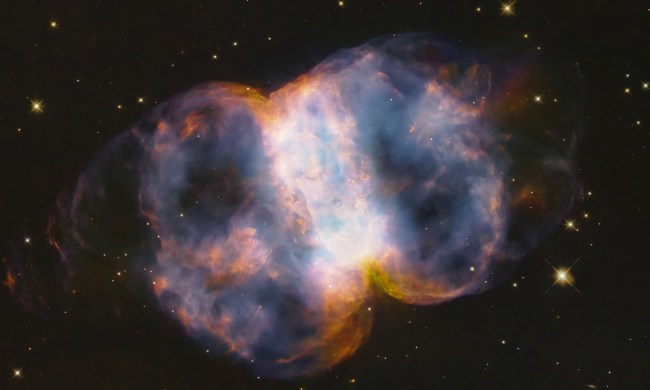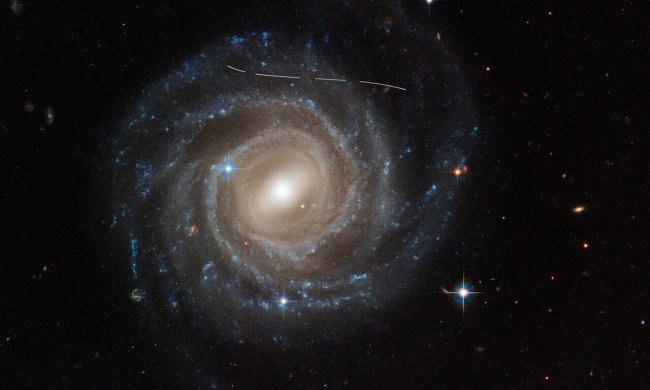
The beloved Hubble Space Telescope will soon be changing the way it operates by limiting the speed at which it can target new objects in order to preserve its lifespan for as long as possible.
Hubble has been having problems with its gyros over the last year, causing the spacecraft to go into safe mode several times while teams on the ground worked to address the issue. The gyros, or gyroscopes, of which Hubble originally had six, are used to help the telescope turn and lock on to the target of study such as a star or galaxy. They work using an extremely fast-spinning wheel that is sealed inside a cylinder that floats in a thick, viscous fluid. This allows them to measure the speed at which Hubble is moving, so that it can accurately lock onto new targets.
Hubble originally used three gyros at a time, with the other three installed as backups. Over the years, various gyros have worn out and been replaced, leaving only three operational. Now, as one of the remaining gyros has been experiencing continuing issues, the Hubble team has decided to switch to using just one gyro at a time in order to preserve them for as long as possible.
The “one-gyro mode” will still allow Hubble to make science observations and to continue to take beautiful pictures of space. The downside of the mode is that it will take longer for the telescope to move from one target to the next, so there will be a decrease in the amount of observations it can make. It will also mean that Hubble can’t observe targets closer than Mars, such as the moon or Venus, although Hubble has rarely observed these targets in the past anyway.
“There are some limitations, but they’re not what I would call serious impediments to continuing science operations,” said Mark Clampin, director of NASA’s Astrophysics Division, in a briefing.
Clampin also emphasized that the agency expects Hubble to continue operating through the 2020s and into the 2030s. There have been previous studies of whether commercial technology like SpaceX’s Polaris could be used to boost Hubble, raising its orbit in order to extend its lifespan. Clampin said they were not planning to pursue those plans right now, but they may do so in the future.
NASA representatives also made it clear that they want to continue operating Hubble and making use of its incredible capabilities: “We do not see Hubble as being on its last legs, and we do see it as a very capable observatory capable of doing exciting science,” said Patrick Crouse, project manager for the Hubble Space Telescope.
The plan is to transition into one-gyro mode by reconfiguring both the spacecraft and some ground systems, with the aim to restart science operations in mid-June.



